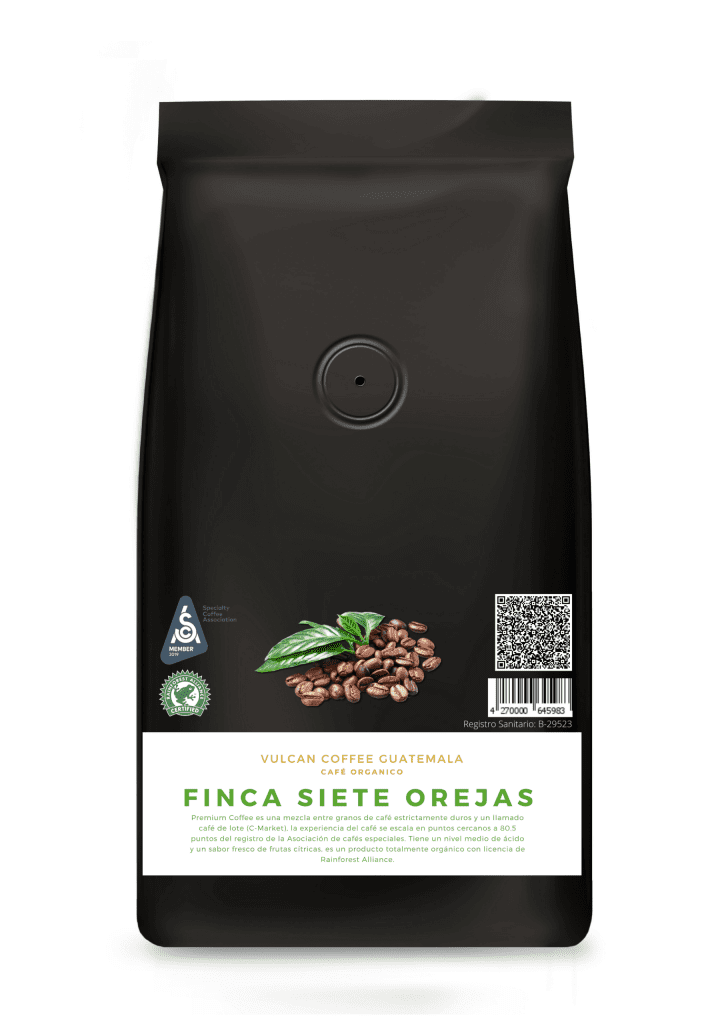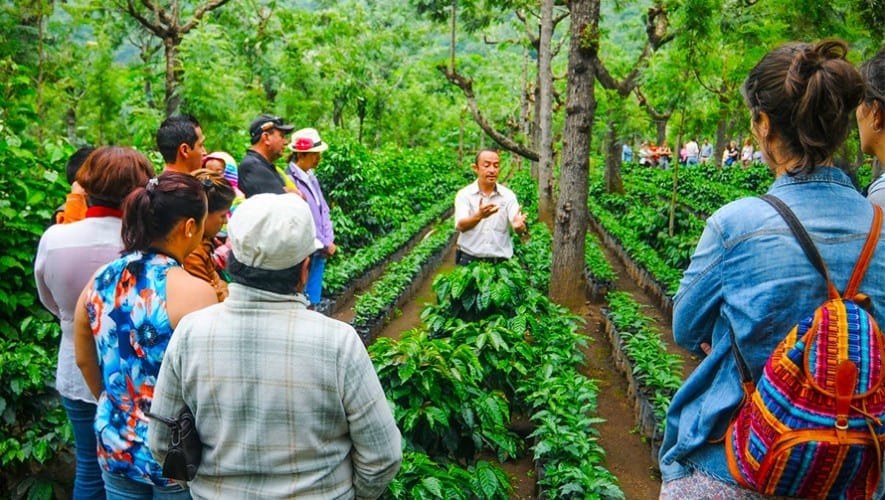Writes: Luis Carbajal (@ lroberto92)
In this Central American country full of volcanoes, tropical forests and ancient spaces inhabited by the Mayans, it is also popular for the Guatemala coffee route. Due to the diversity of Guatemalan regions, this great product is grown as one of the best in the world for its conservation and production. Next, we will tell you about everything about this coffee tour.
The coffee business in the country
Throughout history, Guatemalan coffees have been cataloged as only in the world, due to the great mineral wealth of its soils throughout the year. Those that make its production and conservation one of the main income of the Central American country. They are located 1,300 meters above sea level.
Guatemala is one of top ten coffee producers worldwide, the main supplier of Spain y Japan. In the 2016/2017 academic year, 3,5 million bags of this grain were produced, a resounding record in terms of its production. The Guatemalan coffee bean practice is arabic, but it is complex to establish its origin, because there are several microclimates in the coffee growing regions. That aspect makes the difference in your aroma, fragrance, acidity and body, tubes among other characteristics.

In the lower areas of 760 to 1,070 meters above sea level, growth is faster. It is considered a soft and pleasant coffee, which is internationally known as Prime and Extra Prime. On the other hand, in intermediate areas above sea level, the qualities increase and are known as Medium hard and hard. In the case of the latter, it is one of the most sought-after worldwide for its peculiar acidity, consistent body, defined flavor and strong aroma.
The origin of this Guatemalan industry arises in the middle of the century XVIII, since the great majority places it between 1570 and 1560, when the acclimatization of the coffee growers was astonishing as an industry. Of course, it progressed slowly. During the independence of the country, On September 15, 1821, it was a great boost for this business and the first export took place in 1854. One of the main characteristics in the production of this product is that the coffee plantations flourish once a year during March, April or May. You can see the crops along the Guatemalan coffee route, which passes through different regions of the entire Central American nation.
Regions along the Guatemalan coffee route
- Acatenango: the coffee region where the grain is harvested at the shadow, the varieties of coffee that are produced are Bourbon, Caturra and Catuaí. Its heights reach 2,000 meters. It is dried in front of the sun, it has a marked acidity, fragrant aroma and balanced body.
- Ancient: This region is considered the cradle of the Guatemala coffee route, the grains are more classic. The varieties mentioned are also produced in the first region, although here the product is more balanced and with an exquisite aroma.

- Atitlan: has a soil rich in organic matter, the grains are produced in the volcano skirts and the coffee growers, due to their difficult access, preserve the traditional production methods. Regarding the varieties, they are the same as those produced in Acatenango and Antigua.
- Coban: in the word Maya It means place of the clouds, surrounded by mountains, natural resources and high levels of cloudiness and rain all year round. The coffee it occurs between 1,300 and 1,500 meters above sea level. Presents very fruity notes, fine and well balanced body. Maragogype and Pache they are the two most prominent types.
- Fraijans: located at on from the city of Guatemala, of volcanic soils with pumice stone, with abundant rain and variable humidity. The crops are between 1,400 and 1,700 meters above sea level. It has a pronounced, aromatic acidity and a defined body.
- Huehuetenango: is a region not volcanicIt is the highest and driest, located between 2,000 and 3,000 meters above sea level. It presents an intense acidity, full and pleasant body.
Through all these areas of cultivation of the grain passes the elongated Guatemala coffee route, which you can visit on your trip to the country of Central America. There tours are organized with guides and explanations for the different farms, where you can see everything related to one of the great products of the world.






